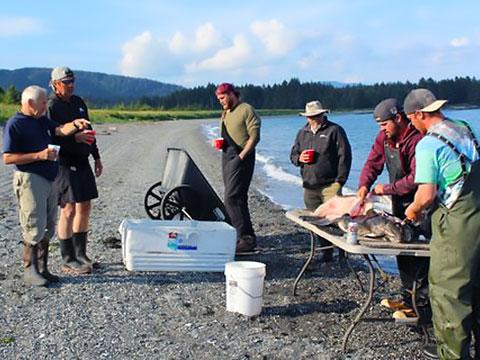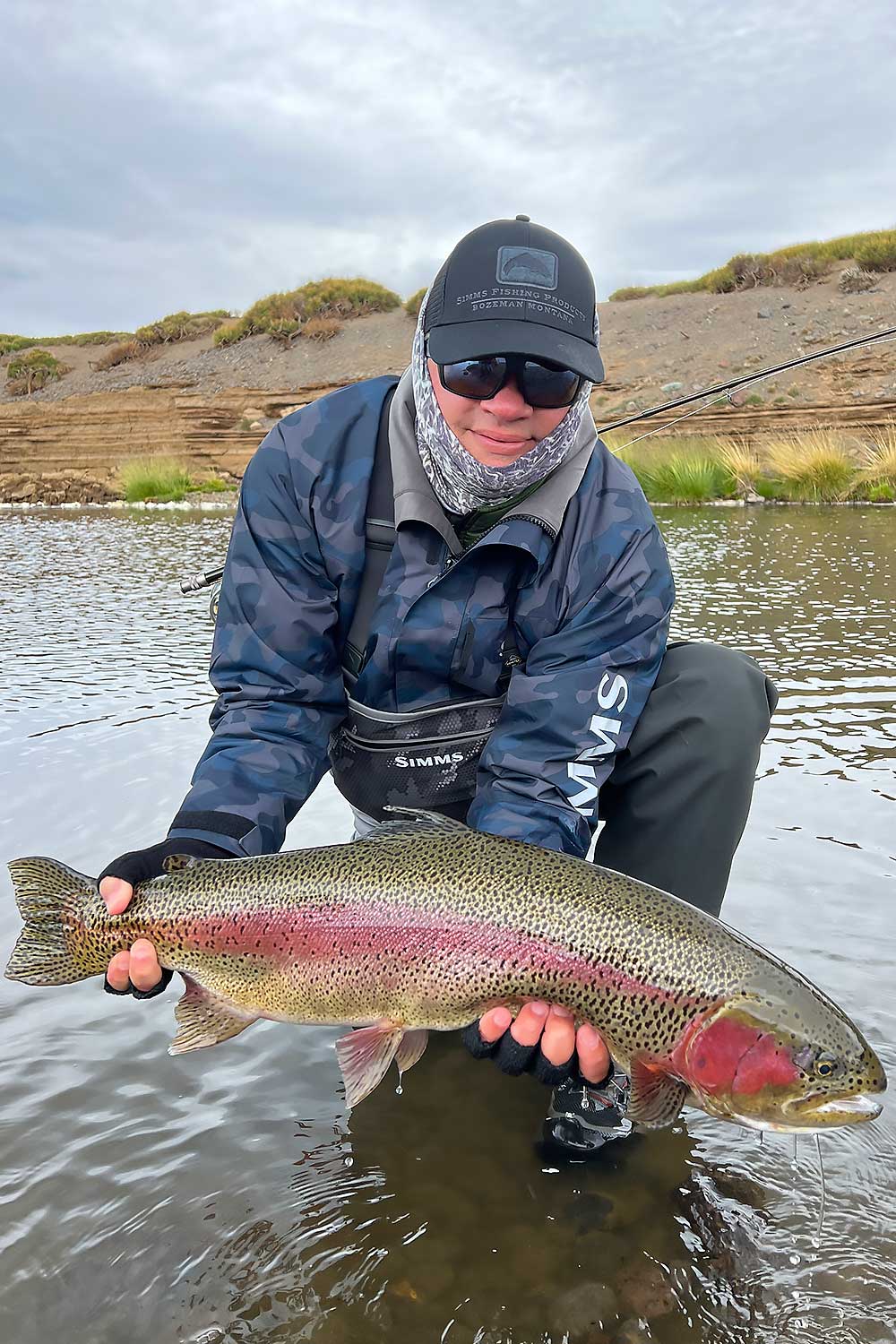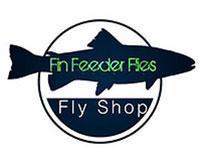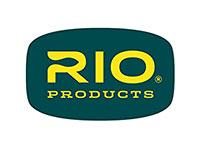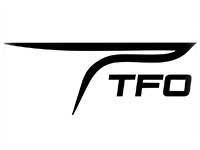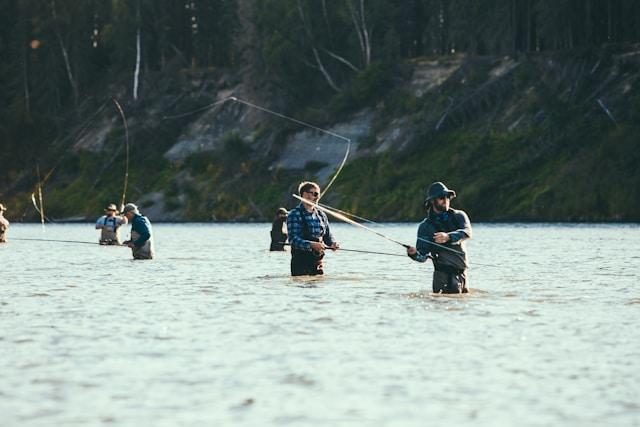
Table of Contents
When it comes to fishing in Alaska, the opportunities are endless! Whether wanting to catch some king salmon or cast for rainbow trout, fishing on America’s last frontier is an adventure of a lifetime.
Whether a seasoned fisherman or a first-timer, here is everything you need to know about fishing in Alaska:
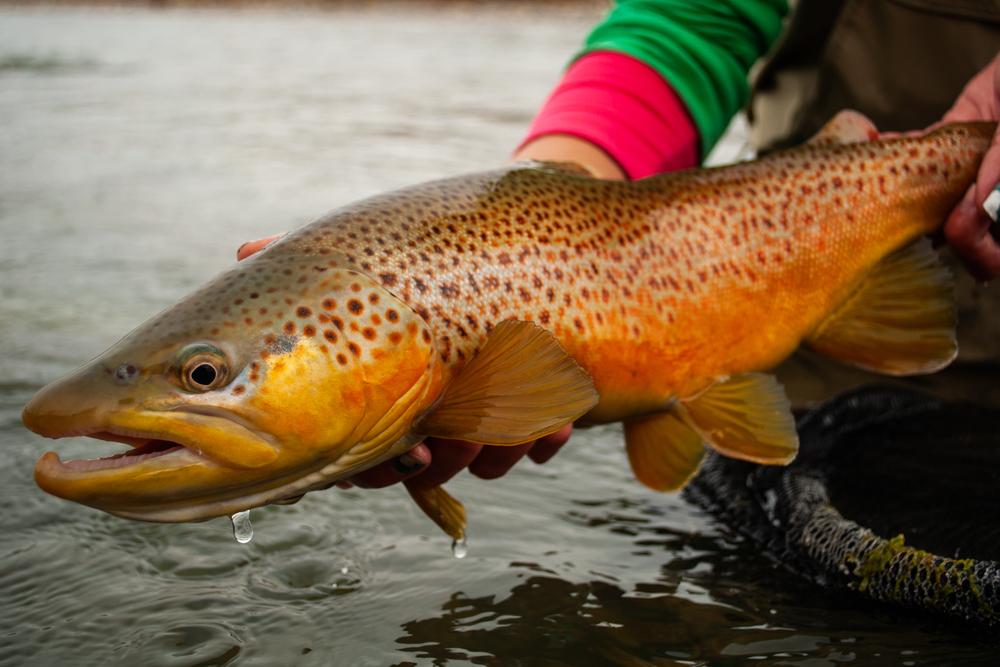
Types of Fish in Alaska
With our guided Alaska fishing trips, we mainly focus on species found in both saltwater and freshwater. These include:
King Salmon: The king of all Alaska fish species! If you’ve done any research on fishing in Alaska, you’ve probably already heard of the famed king salmon. It is also the fish of choice by Alaskan grizzly bears, which migrate to king salmon rivers every year to feast before hibernation. The Kenai River is the best place in Alaska for king salmon fishing, where the fish run heavily through the waters through June and July.
Rainbow Trout: Rainbow trout are the most common Alaska fish species of trout. They can be found in lakes, streams, and estuaries throughout the state, but the best places in Alaska to fish for rainbow trout are lakes and streams that drain into the Pacific Ocean. The Kenai Peninsula, which includes Kodiak Island, the Upper Cook Inlet, and the Copper River drainage is known for its plethora of rainbow trout.
Chum Salmon: Found throughout the North Pacific and Arctic, the chum salmon is commonly found in saltwater and coastal estuaries. They are the most commonly found salmon species in northwest America & Canada and are commonly referred to as ‘dog salmon’ due to their teeth and appearance. Although not the most attractive fish, they are healthy and tasty fish to fry up after a long day of fishing in Alaska!
Sockeye Salmon: Found in rivers that discharge into the Pacific Ocean throughout coastal Alaska, sockeye salmon are a very popular species for fishing. The area of Bristol Bay has some of the heaviest runs of sockeye salmon in the world, making it the perfect place for a fishing trip. Additional areas for catching this species include the Egegik River, Nushagak River, and Naknek River.
Whitefish: The Alaskan whitefish is the most common fish north of the Alaska range, and they are also some of the tastiest fish to fry up after a catch! There are several different species of whitefish found throughout Alaska, with the most common being the broad and humpback whitefish. Unlike other species on the list that are commonly found in coastal areas, whitefish can be found in a majority of lakes and streams throughout the state.
Arctic Grayling: This species of fish is found in many rivers and lakes throughout the state, including many easily accessible areas along the Alaska Highway. Many guided fishing trips in Alaska pinpoint the Chena River, Birch Lake, and Slacha River. The best time of year to fish for arctic grayling is the summer, with peak season beginning the first week of June.
Lake Trout: Opposite many Alaska fish species on this list, the lake trout is not found in coastal drainages and lowland lakes. Instead, Alaska fishing trips for lake trout focus on lakes in the central Arctic coastal plain, Alaska Mountain Range, and Brooks Mountain Range. Lake trout can be caught year-round, whether hiking in the summer or ice fishing in the winter.
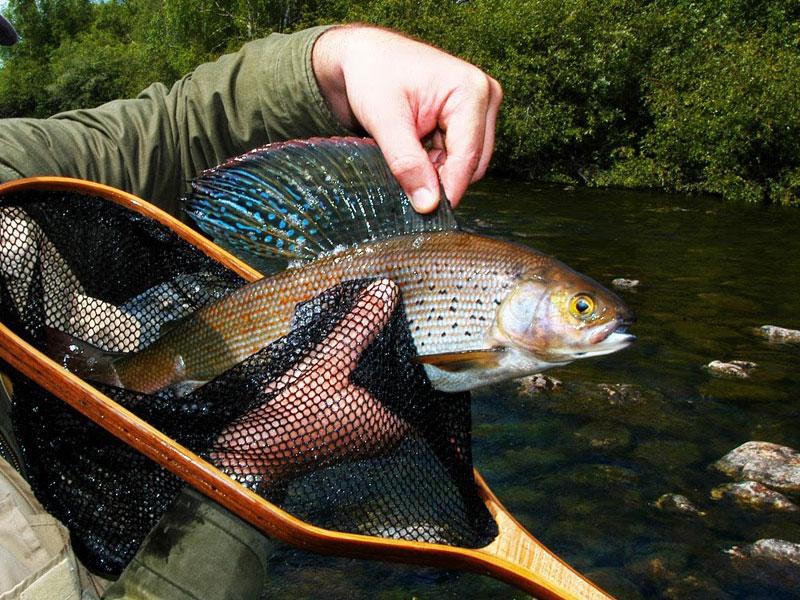
Alaska Fishing Regulations
Before heading on an Alaska fishing trip, knowing about Alaska fishing regulations is vital, as breaking the law can result in serious consequences and hefty fines. If you are going on an Alaska fishing trip with a guided group, the tour operator will likely take care of any permits & applications required for the trip. This is one of the reasons taking a guided fishing trip is beneficial, less stress and worry about the fine print!
Alaska fishing regulations change every year, which is why it’s important to visit the Alaska Department of Fish & Game website annually to check on any updates. You can see the latest regulation changes for fishing in Alaska here.
These regulations usually detail important information about fishing seasons, catch limits, size limits, and more. Sport regulations also differ based on the types of fish and region of Alaska you will be fishing in. Here are just a few regulations to take note of in 2024:
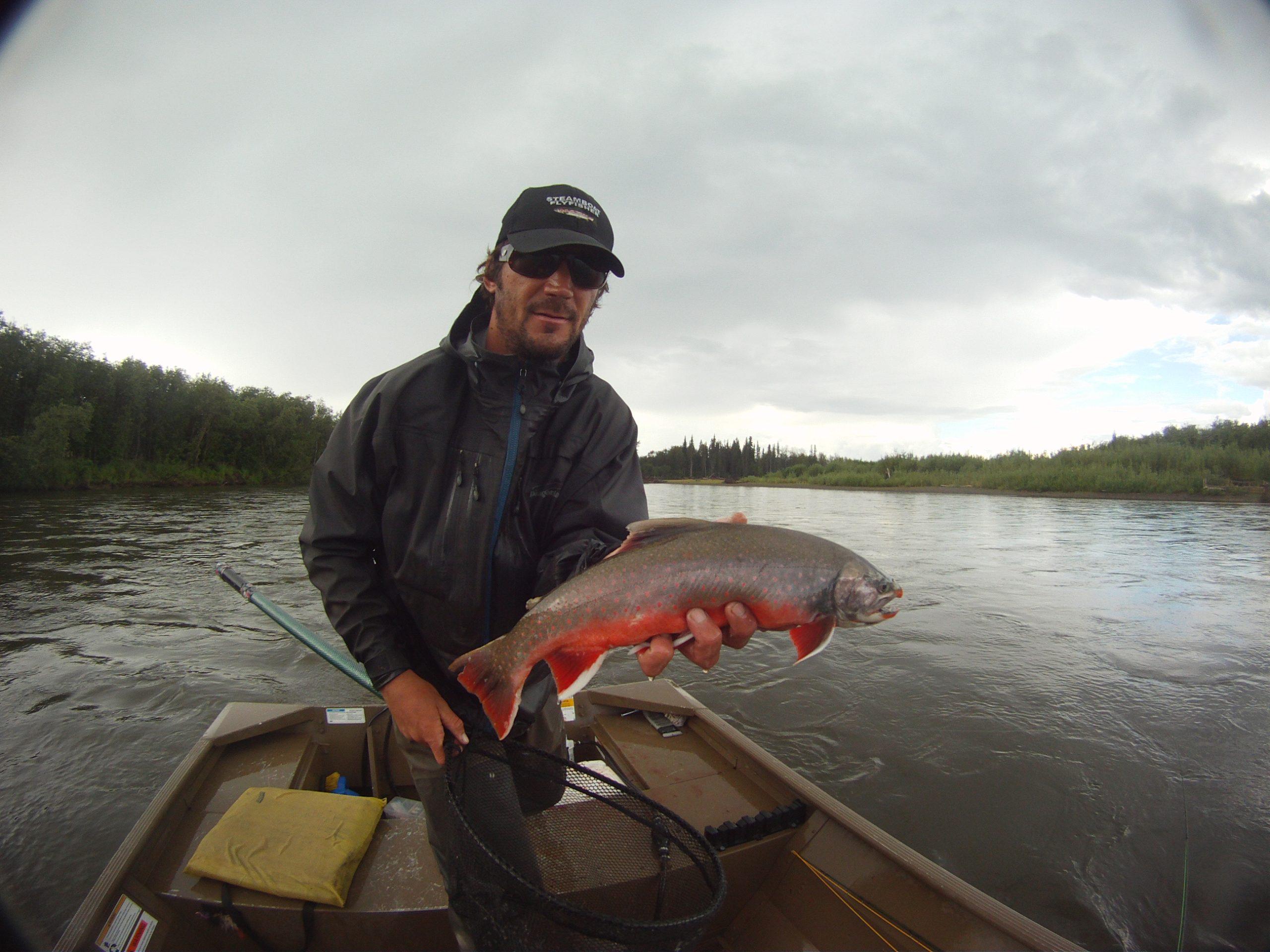
King Salmon
- January 1st – June 30th: Nonresident annual limit is three king salmon.
- July 1st – July 15th: Nonresident annual harvest is two king salmon, 28 inches or greater in length.
- July 16th – December 31st: Nonresident annual harvest is one king salmon, 28 inches or greater in length.
Chum Salmon
- Daily limit: Six chum salmon per person. No annual limit.
- Mid-July – Mid- August
Arctic Grayling
- Daily limit: five arctic graylings per person, only one of which can be 15 inches or longer.
Other species that can be caught in freshwater are Arctic Char, Dolly Varden, Northern Pike, Shefish and Silver Salmon.
Saltwater Species such as Halibut, Sablefish and Lingcod are very popular as well.
For complete and detailed information regarding 2024 Alaska fishing regulations, visit the Alaska Department of Fish & Game website.
Fishing in Alaska with Wildside Joe
If you are looking for guided Alaska fishing trips to catch king salmon, whitefish, rainbow trout, or other Alaska fish species, join one of our guided trips! Our Alaska fishing trips pair world-class angling with one-of-kind accommodations among some of the most spectacular & remote scenery in the world. Contact us and we’ll see you soon!
PLEASE NOTE: Although there are catch limits for some species, most inland trips promote catch and release.

